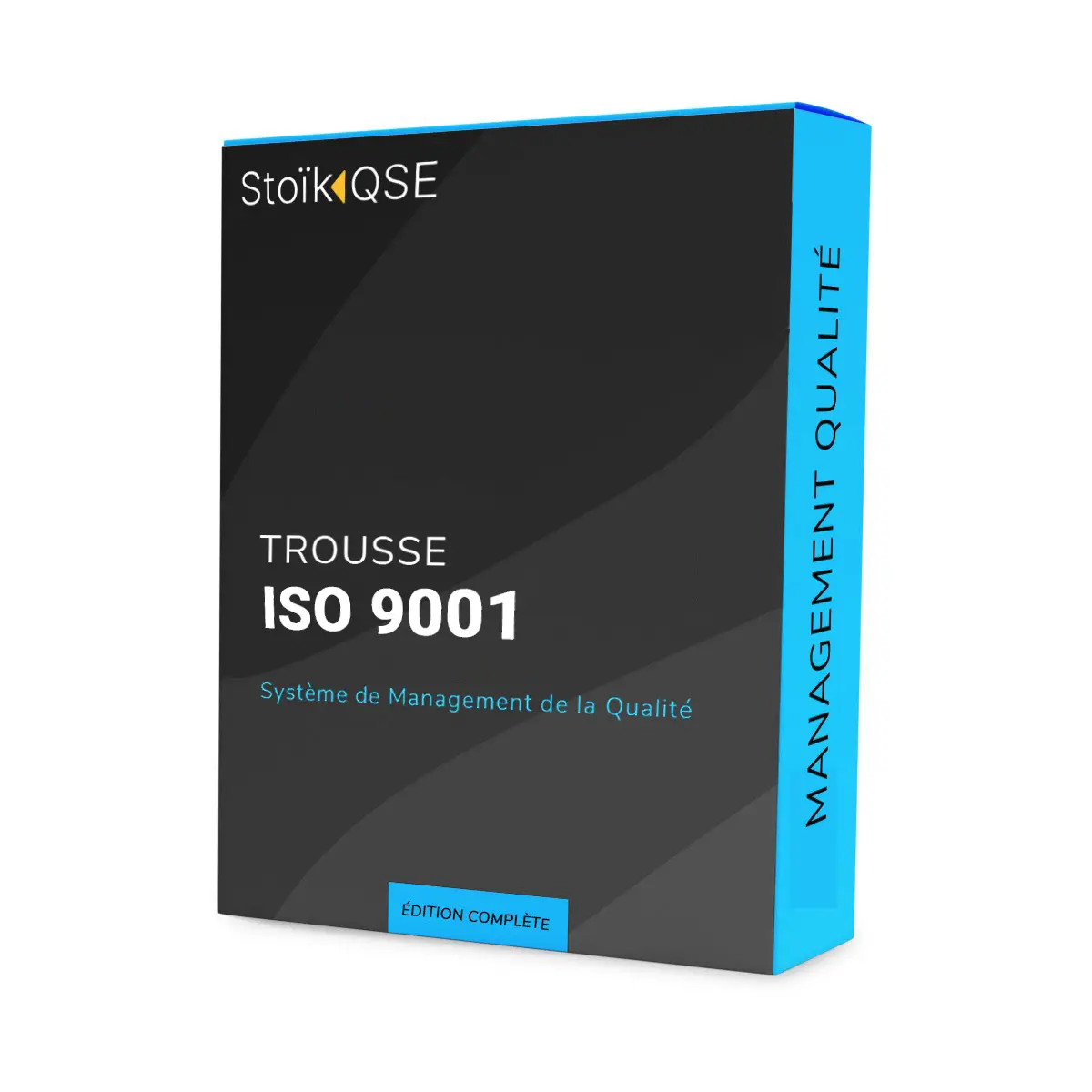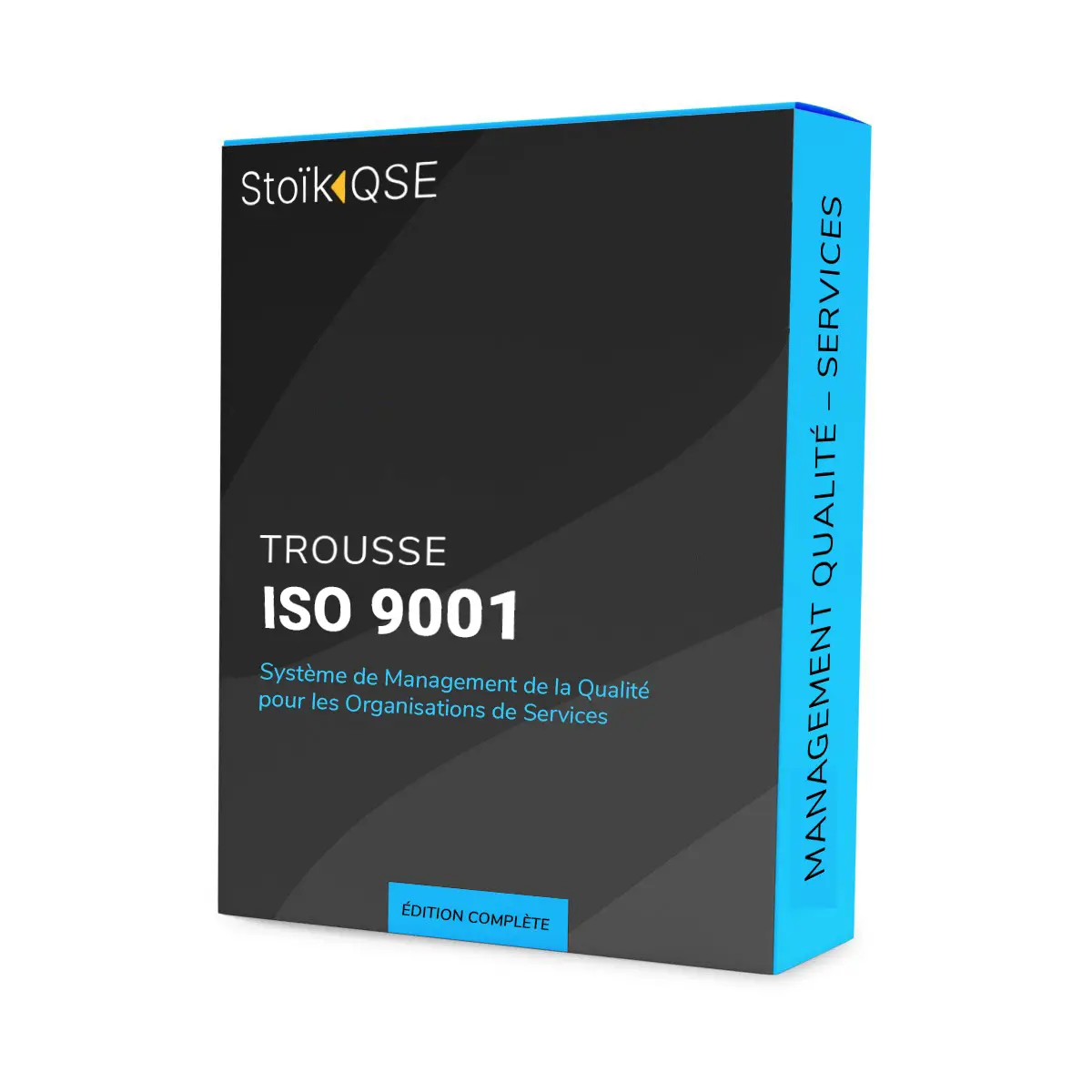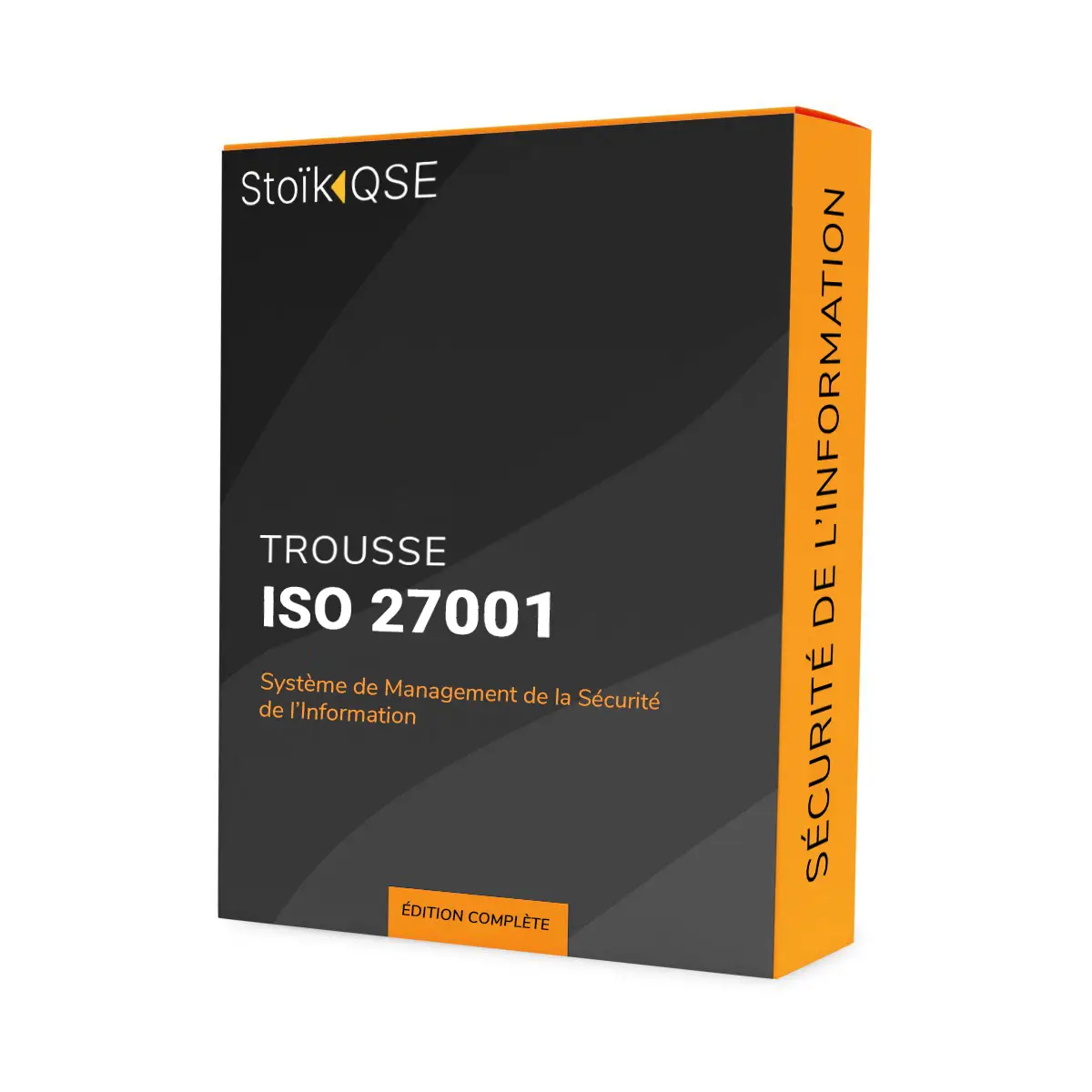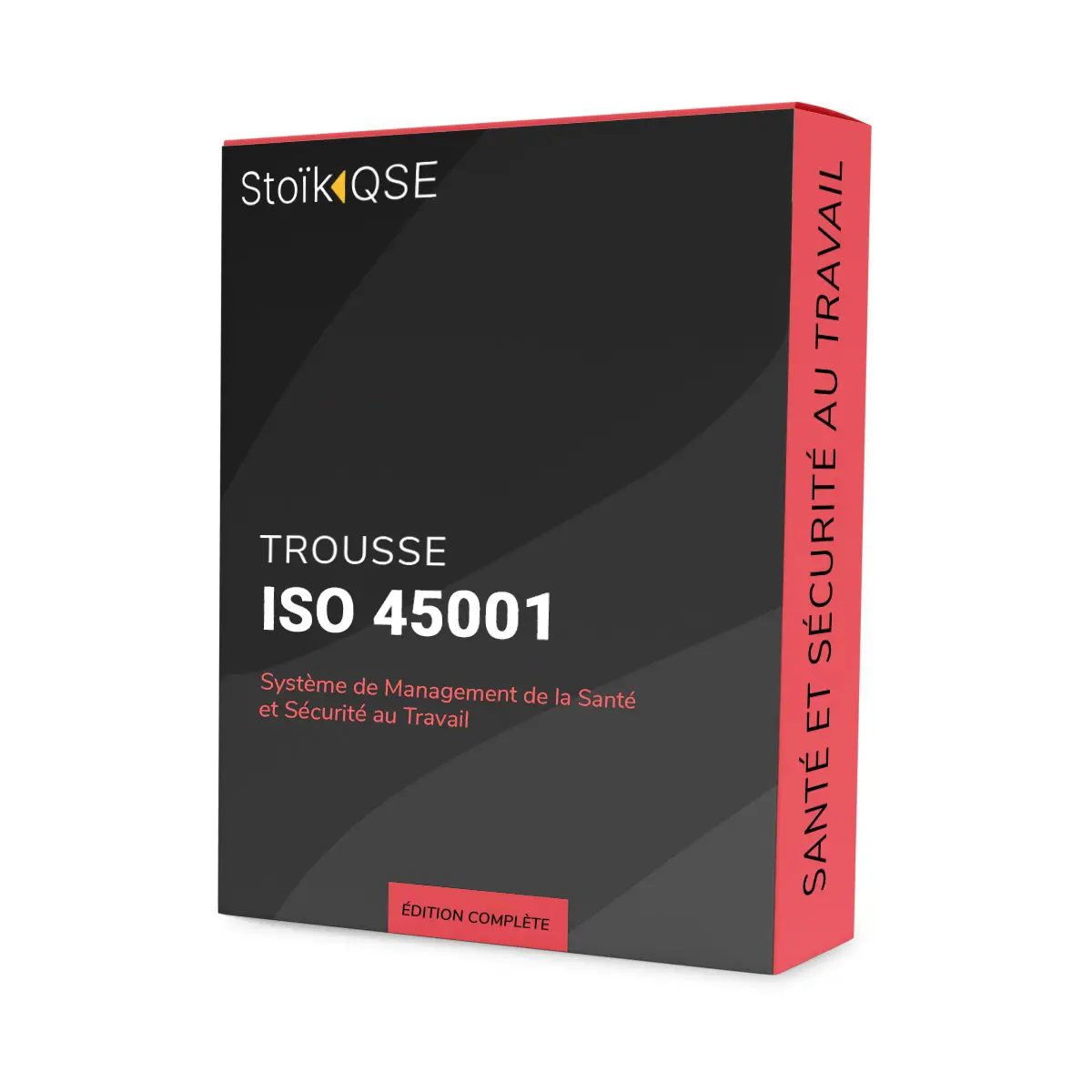What is ISO 45001?
An occupational health and safety management system (OHSMS)

ISO 45001 is an international standard that defines a comprehensive framework for managing health and safety in the workplace. It enables companies to reduce occupational accidents and illnesses, while protecting their employees and strengthening their overall performance.
The key principles of ISO 45001
Risk prevention
ISO 45001 places the identification and proactive management of risks at the heart of its approach, in order to minimize incidents and guarantee a safe working environment.
Legal compliance
This standard helps companies comply with local and international regulations, reducing legal risks, fines and penalties.
Continuous improvement
Like ISO 9001, ISO 45001 encourages a continuous improvement approach to optimize health and safety in the workplace over the long term.
8 key steps to ISO 45001 implementation
1. Identify hazards and assess risks
Analyze potential sources of occupational accidents and illnesses to establish a solid base.
2. Establish an OHS policy
Define a clear policy and measurable objectives to structure your health and safety actions.
3. Choose a certification body
Select a qualified registrar and plan your collaboration to align audits with your objectives.
4. Create or update procedures
Document critical processes to ensure standardized execution and minimize incidents.
5. Train employees
Provide appropriate training to ensure that each employee masters OHS practices and understands his or her role in the system.
6. Track and analyze incidents
Collect and review incident data to identify opportunities for improvement.
7. Conduct an internal audit
Check that your SMSST complies with ISO 45001 requirements before the external audit.
8. Conduct a management review
Analyze overall system effectiveness and guide strategic decisions for continuous improvement.
What makes an OHS management system an asset?
Risk reduction
Identify and minimize hazards to reduce work-related accidents and illnesses.
Improving compliance
Comply with legal requirements and reduce the financial risks associated with non-compliance.
Strengthening the safety culture
Involve every employee in a proactive approach to creating a safer working environment.
Business continuity
Avoid downtime with better risk management and increased productivity.
Stakeholder confidence
Demonstrate your commitment to safety and reinforce your credibility with customers, partners and employees.
Further information
Would you like to implement ISO 45001 in your organization? Explore our resources to find out more:






